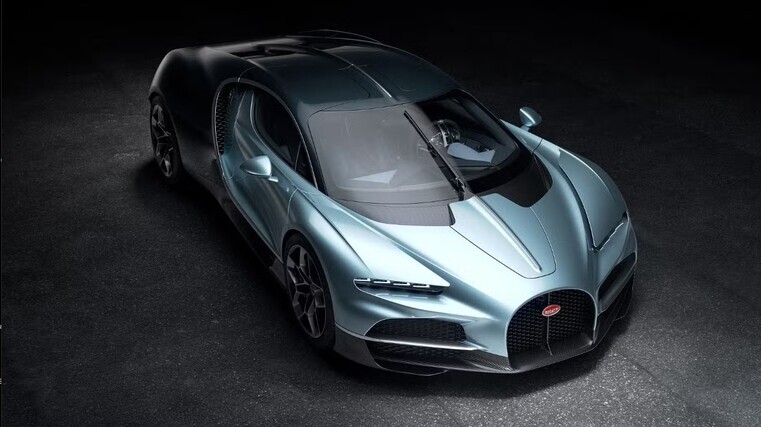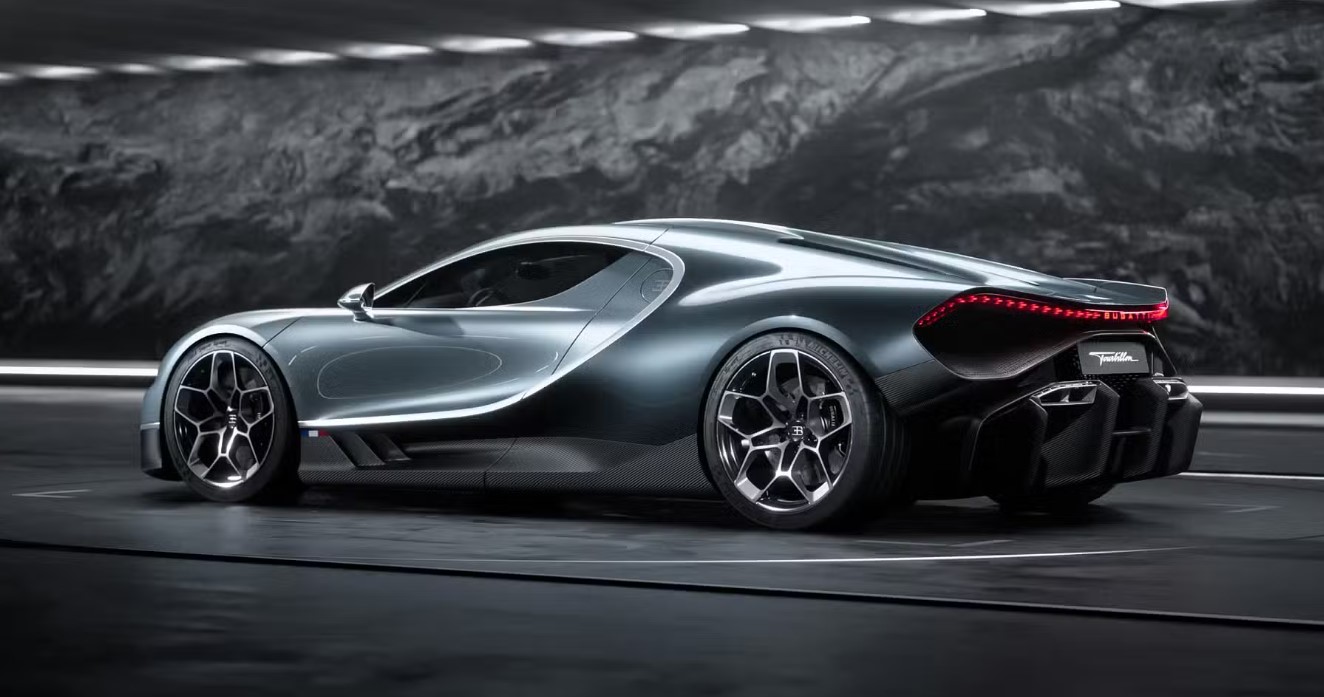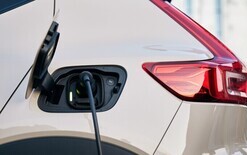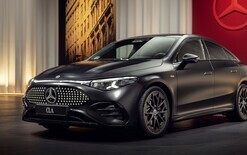Bugatti hybrid packs 1,324kW

Bugatti has unveiled the all-new Tourbillon as its long-awaited replacement for the eight-year-old Chiron.
It is the marque’s third new hypercar line in 20 years, excluding one-offs and special editions.
Bugatti is now owned by Croatian electric hypercar specialist Rimac. But here’s the twist – it’s powered by an all-new engine with hybrid technology.
The Tourbillon’s 8.3-litre naturally aspirated petrol V16 has been engineered in partnership with Cosworth. It boasts 735kW and 900Nm, and revving to 9,000rpm.
It is aided by three 250kW electric motors – two on the front axle, and one on the rear axle – for a system output of 1,324kW, which is up from 1,177kW of the most powerful Chiron.
The new engine has no turbochargers yet is almost as powerful as the Veyron’s original 736kW and 1,250Nm version of the eight-litre quad-turbo W16, and is about 150kg lighter.
The Tourbillon is all-wheel drive and uses a new eight-speed dual-clutch automatic transmission. Bugatti claims a 0-100kph acceleration time of two seconds, 0-200kph in less than five, 0-300kph in sub-10 and 0-400kph in less than 25.
The top speed is limited to 380kph in “normal” conditions, but a “speed key” increases the limiter to 445kph.
Electrical energy is stored in a 25kWh battery pack running at 800 volts. Yet the Tourbillon is lighter than its predecessor – still at a claimed “less than 1,995kg” – thanks to an all-new carbon-fibre chassis and lightweight materials.
The electric motors use dual silicon-carbide inverters and are claimed to be “among the most power dense in the world”.
The Tourbillon’s chassis uses a “next-generation T800 carbon composite”, saving weight by integrating the battery as a structural part of the car and having an “unprecedented crash composite rear diffuser”.
Prices start from €3.8 million in Europe with only 250 units to be built – half the preceding Chiron’s run. Production will start in Molsheim, France, from 2026 onwards.






